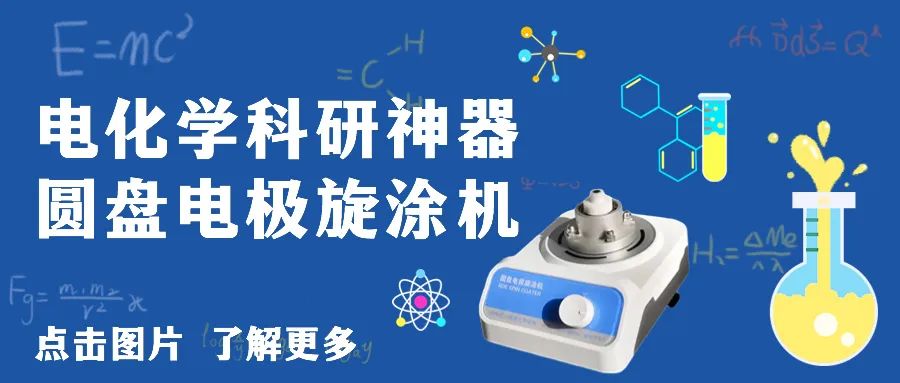
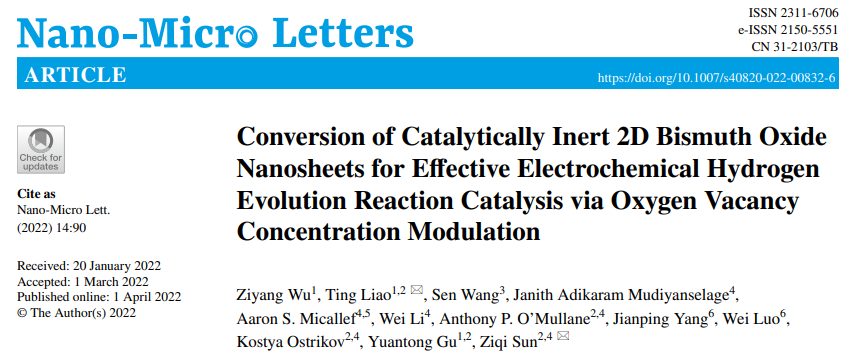 01 Research Background and Motivation
01 Research Background and Motivation
Application of 2D Materials in HER: Due to their unique physicochemical properties, 2D materials exhibit great potential in electrochemical hydrogen evolution reactions.
Catalytic Inertia of Bismuth Oxide: Although bismuth oxide (Bi₂O₃) is an important semiconductor material widely used in photocatalysis and electrocatalysis, its catalytic inertia limits its direct application in electrochemical hydrogen evolution reactions.
Role of Oxygen Vacancies: As a type of defect in materials, oxygen vacancies can modulate the electronic structure and catalytic performance of materials, providing a possibility to transform inert bismuth oxide into efficient HER catalysts.

02 Research Methods
Material Preparation: Bi₂O₃ nanosheets with different oxygen vacancy concentrations were prepared using specific synthesis methods.
Characterization Techniques: The crystal structure, morphology, and thickness of the materials were analyzed in detail using characterization techniques such as X-ray diffraction (XRD), scanning electron microscopy (SEM), transmission electron microscopy (TEM), and atomic force microscopy (AFM).
Electrochemical Performance Testing: The HER catalytic performance of the materials was evaluated using electrochemical performance testing methods such as linear sweep voltammetry (LSV), Tafel slope testing, and electrochemical impedance spectroscopy (EIS).
03 Modulating Oxygen Vacancy Concentration
Modulation Method: By changing the synthesis conditions (such as temperature, time, atmosphere, etc.), precise modulation of the oxygen vacancy concentration in the 2D bismuth oxide nanosheets was achieved.
Modulation Effects: With the increase of oxygen vacancy concentration, the electronic structure of the material changes,leading to enhanced conductivity and significantly improved HER catalytic activity.
Optimal Oxygen Vacancy Concentration: The study found that there exists an optimal range of oxygen vacancy concentration that allows the material’s HER catalytic performance to reach its best.
04 Visual Guide
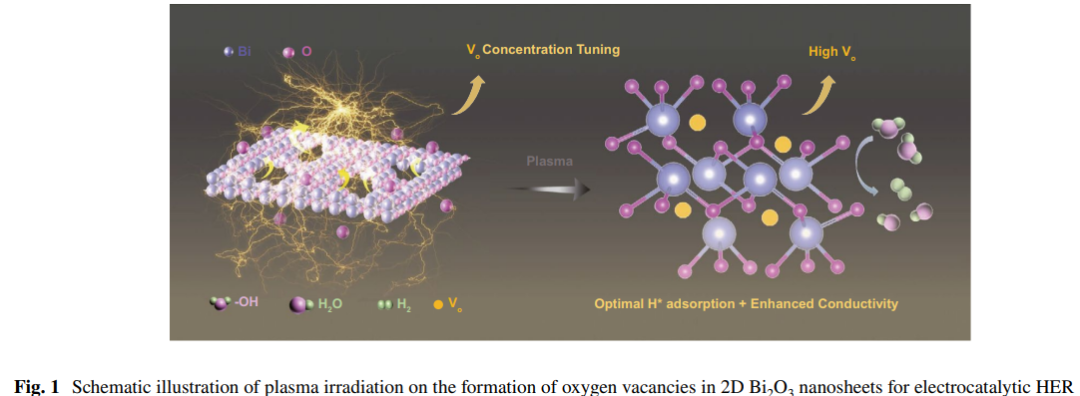
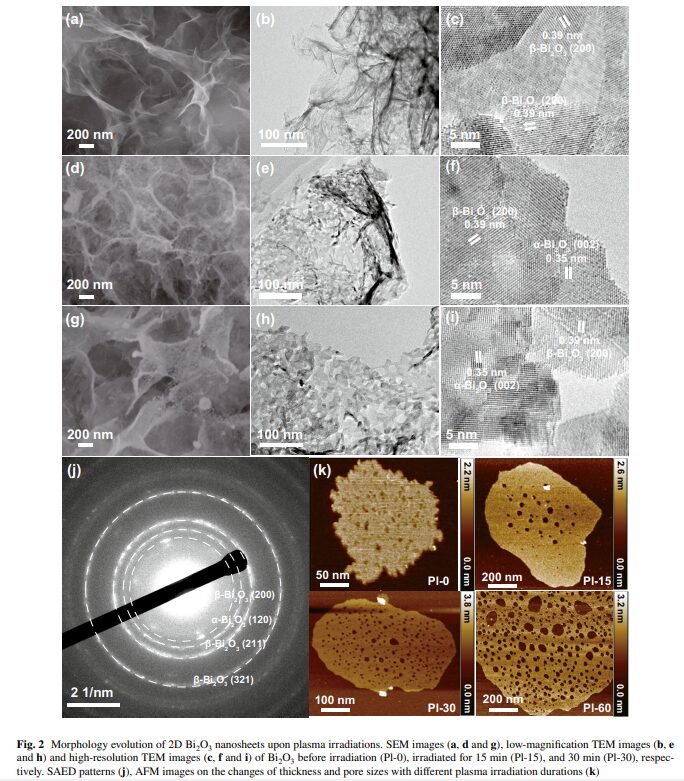
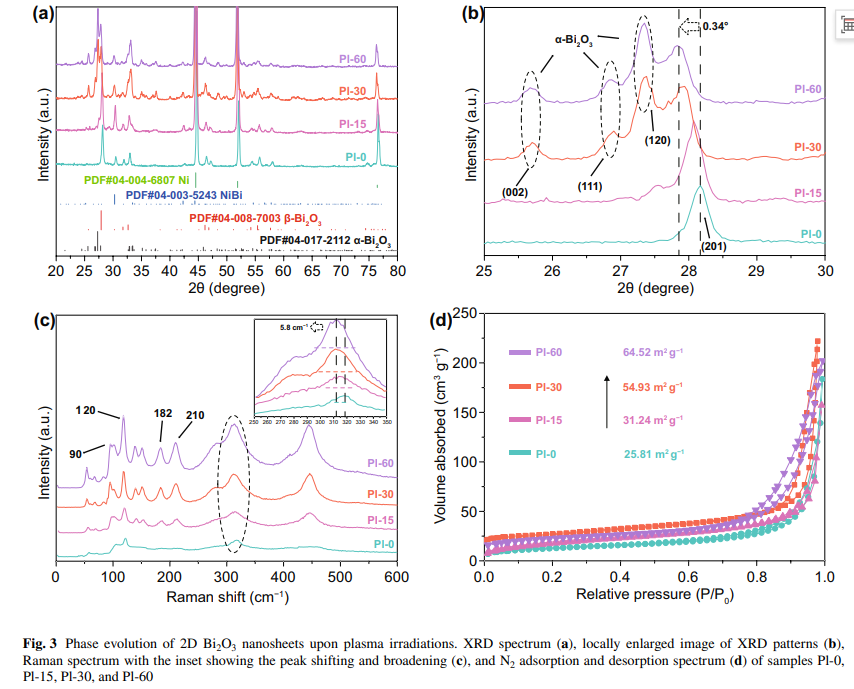
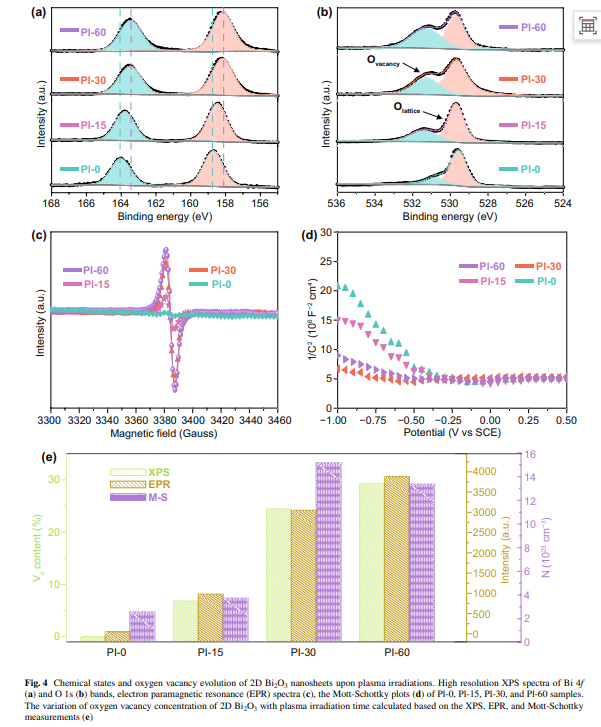

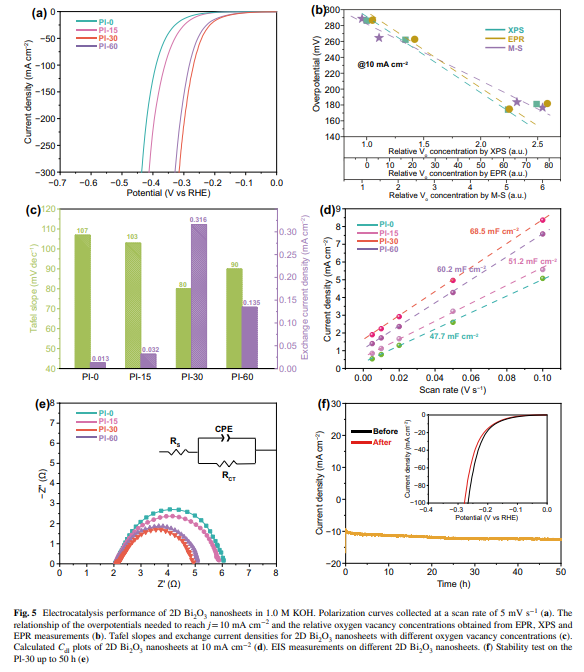
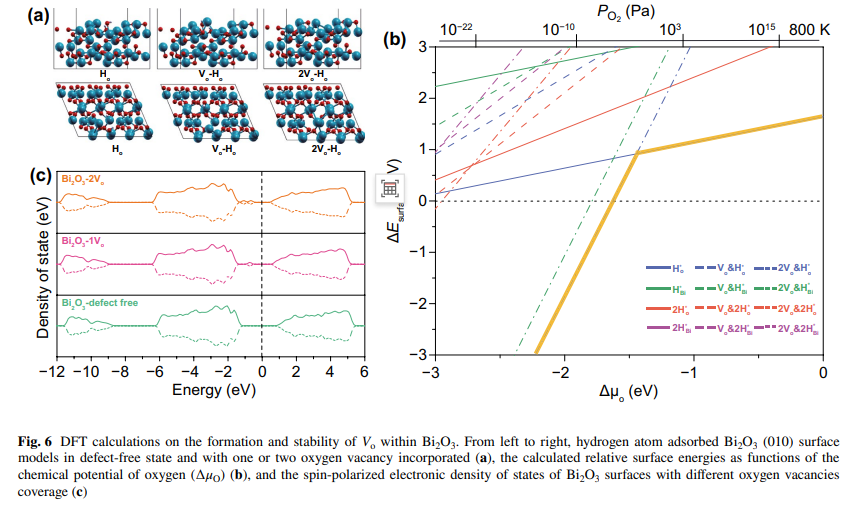
05 Discussion on Catalytic Mechanism
Active Sites: Oxygen vacancies serve as active sites that can adsorb and activate hydrogen ions, reducing the activation energy for HER.
Electron Transport: The introduction of oxygen vacancies improves the electron transport properties of the material, facilitating rapid charge transfer and increasing reaction rates.
Synergistic Effects: Oxygen vacancies work synergistically with other structural features of the material’s surface (such as edge effects, defects, etc.),further enhancing HER catalytic performance.
06 Performance Evaluation and Comparison
HER Catalytic Performance: By comparing the HER catalytic performance of 2D bismuth oxide nanosheets with different oxygen vacancy concentrations, it was found that materials with optimal oxygen vacancy concentrations exhibited the lowest onset potential, highest current density, and smallest Tafel slope.
Stability Testing: After prolonged electrochemical testing, materials with optimal oxygen vacancy concentrations demonstrated good stability, with no significant degradation in catalytic performance.
Comparison with Other Catalysts: The catalysts prepared in this study were compared with other reported HER catalysts, showing certain advantages in catalytic performance.
07 Practical Application Prospects
Clean Energy: 2D bismuth oxide nanosheets, as efficient HER catalysts, have broad application prospects in clean energy fields such as hydrogen energy.
Electrolysis of Water for Hydrogen Production: In the process of water electrolysis for hydrogen production, this catalyst can significantly increase the yield and efficiency of hydrogen production, reducing production costs.
Catalyst Design: This study provides new ideas and methods for designing other efficient and stable HER catalysts.
08 Conclusion and Outlook
Research Conclusion: By modulating oxygen vacancy concentrations, we successfully transformed the inert 2D bismuth oxide nanosheets into efficient HER catalysts, achieving significant improvements in catalytic performance.
Future Outlook: Further research will focus on the synergistic mechanisms between oxygen vacancies and other structural features, as well as how to produce HER catalysts with better performance through more precise control methods.
09 Summary
-
By precisely controlling the concentration of oxygen vacancies, the HER performance of originally inert Bi₂O₃ nanosheets can be significantly enhanced.This research not only experimentally verifies this but also theoretically explains the mechanisms by which oxygen vacancy concentrations affect HER activity.
-
This finding provides new ideas and methods for designing more efficient and stable electrocatalysts, which is of great significance for promoting the development of clean energy technologies such as hydrogen energy.At the same time, this study also demonstrates the potential of plasma irradiation strategies in material modification, providing beneficial references for optimizing the performance of other 2D or nanomaterials.
-
This research successfully achieved the conversion of inert 2D bismuth oxide nanosheets into efficient electrocatalysts for electrochemical hydrogen evolution reactions through the modulation of oxygen vacancy concentrations.
Through detailed characterization and electrochemical performance testing, the mechanisms by which oxygen vacancy concentrations influence the catalytic performance of materials were revealed. This catalyst has broad application prospects in clean energy fields such as hydrogen energy, providing new ideas and methods for future catalyst design. At the same time, this study also offers valuable insights and references for optimizing the catalytic performance of other 2D materials.
▲ Video of Disk Electrode Spin Coater Operation